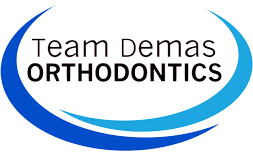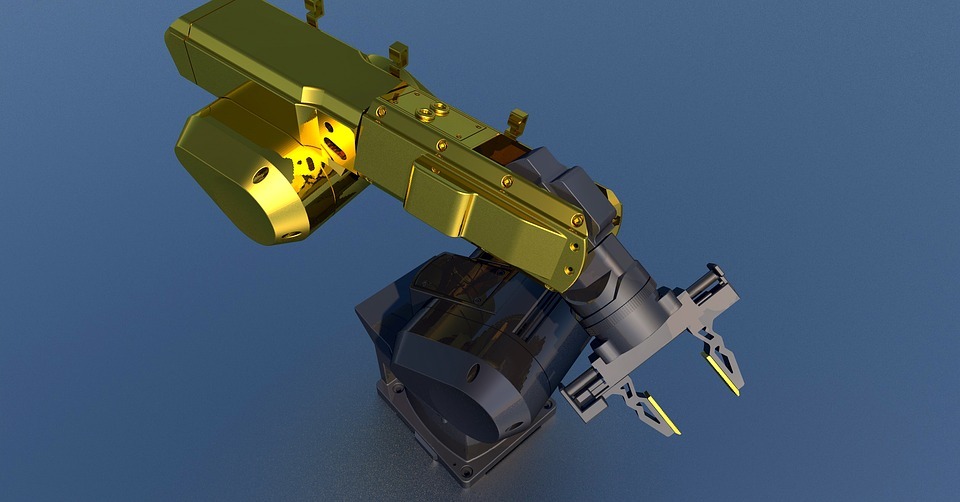
by | Nov 28, 2017 | Orthodontic Treatments
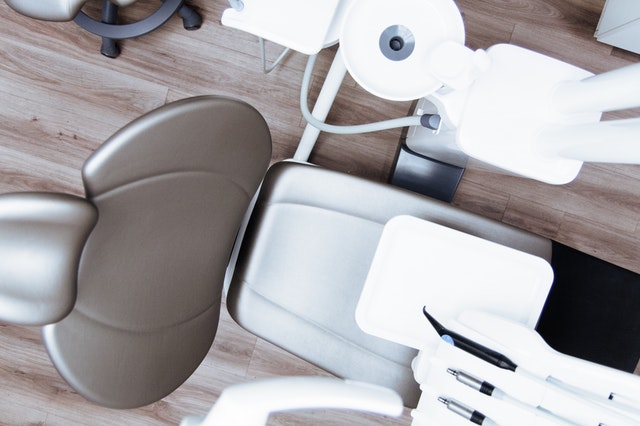
SureSmile: Can Robots Bend Wire Better Than Orthodontists?
It seems as though we can find robots in just about every facet of manufacturing technology as well as in the medical world today. Many robots now are responsible not only for packaging and manufacturing much of the goods that we use daily but also for performing complex surgeries for which human hands are simply too bulky and too imprecise to complete. Computer-aided design, as well as computer-aided manufacturing in dentistry, has existed for more than a decade. Perhaps one of the best examples of this technology in an orthodontic setting is Suresmile.
FAQ
What is Computer-Aided Design and Manufacturing?
Computer-aided designs and manufacturing can work to increase efficiency as well as make precise adjustments that a human could never complete by estimations and experience alone. In orthodontics, pressure needs to be applied to teeth inside someone’s mouth so that they can be moved and ingested into their proper position. Whether these forces are applied by traditional braces, orthodontic appliances or a product like Invisalign the processes and results are all very similar. In order to shorten the length of a treatment and make treatment more comfortable for patients technology can be a large aid when it comes to producing these appliances for orthodontics. Regardless of an orthodontic experience or training, the use of a computer-aided system in designing orthodontic appliances can work to improve the traditional orthodontics which does not use computers or robotic help to design and manufacture orthodontic appliances.
How does it work?
With traditional orthodontics, an orthodontist will be responsible for completing any of the adjustments to an orthodontic appliance as well as bending it to the desired shape in the original manufacturing process. With robotics, this process is a little bit different. The orthodontist will first have to look through appropriate records through a detailed examination as well as collecting detailed information like x-rays, your medical history and some information about you and your health. Each of these variables will help an orthodontist to prescribe better treatment options for your individual case. Any number of variables can work against each other and complicate your diagnosis but with the use of computer models, the process of diagnosing your condition and organizing your treatment can be simplified.
What will the robot tell you?
When a diagnosis is finalized using computer models a treatment plan can be fully prescribed to give you the ideal outcome you are interested in. Complex computer models and software can interpret all of the variables to provide extremely detailed simulations of your overall progress. After your progress has been measured the orthodontist can then send off this data to a Suresmile manufacturer who will have robotic arms bend wire for the final stages of your braces to deliver precision adjustments far exceeding what an orthodontist could deliver. Using these complex 3-D models is far more accurate and can work to cut treatment time by up to 40% versus the adjustments made by the hands of an experienced orthodontist. The short answer to this question is that wires which are bent by robots can deliver a far greater level of precision which will help you to shorten your treatment time and achieve better results.
Schedule Your Consultation Today
If you’re ready to find out about your situation and set up your treatment plan, you can make the first move by calling Team Demas Orthodontics. A staff member will set a date when you will come in and have a full examination by an orthodontic expert. If you would like to learn more information about Suresmile please contact Team Demas orthodontics.
Team Demas Orthodontics
27 Meriden Ave #2a, Southington, CT 06489, USA
Phone: 860-276-0333
by | Oct 7, 2017 | Newsletter
[xyz-ihs snippet=”newsletter”]
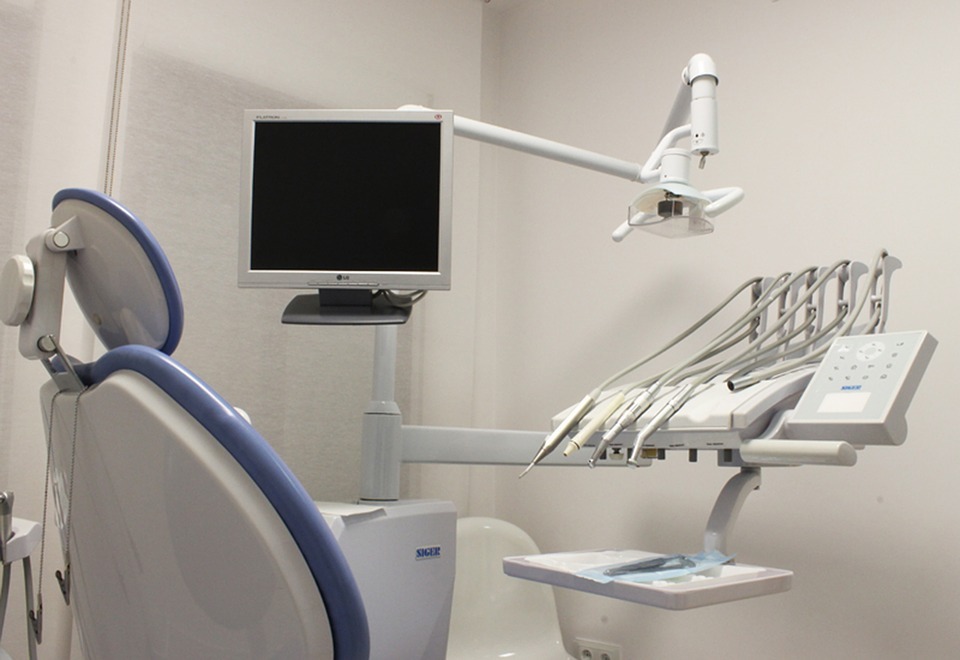
by | Aug 29, 2017 | Orthodontic Treatments

LAST UPDATED: AUGUST 29, 2017
What are Temporary Anchoring Devices (TADs)?
A temporary anchoring device (TAD) is actually a tiny screw that one of Dr. Don Demas’ team, at his Connecticut office in Southington, will position in your mouth. Its role is to act as an anchor for the movement of specific teeth. Titanium alloy is used to make a TAD. He sometimes uses these TADs as a substitute for external appliances, such as headgear, and this allows him to treat bite problems that in earlier days were virtually impossible to do without surgery. The advent of TADs also means that in some cases treatment is better and faster.
FAQ
What is Positioning of the TAD
As with most minor surgical procedures, the environment has to be kept completely sterile. A solution of chlorhexidine is usually applied to the area before the TAD is put into place. Anaesthetic is then used which is only a third of that normally used for a filling. The TAD is removed from its sterile container and put into a driver, like a screwdriver, and then Dr. Demas will screw it in, using gentle pressure right through the gum and into the bone.
The positioning of the screw only takes around 20 seconds. With the additional 5 minutes for the local anesthetic spraying procedure and 2 minutes to put the spring in place, the majority of single TAD implantations can take place within a single orthodontic adjustment appointment.
A few patients may experience a mild sensitivity in the area for a day or two after the procedure but this is easily resolved with a mild anti-inflammatory drug.
Once the TAD is in place it will be necessary to keep it scrupulously clean by brushing it gently with an antibacterial solution. This will ensure there are no unnecessary complications with the TAD and it will be made much easier.
When will the TAD be removed?
Like virtually all orthodontic devices, the TAD is temporary and is normally removed once it has done its job of assisting with tooth movement. A numbing gel is applied and within a few seconds, the TAD has been gently removed.
What Are The benefits of TADs
The use of TADS typically helps to lower treatment times, eliminates the necessity to wear elastic appliances or rubber bands and in certain situations can even make some oral surgery unnecessary. It also allows orthodontists to treat more complex cases which before the introduction of TADs might have been impossible. It is a remarkably small device but plays a very important role in tooth movement procedures.
Contact Team Demas Orthodontics
For strong teeth in Southington, contact Team Demas Orthodontics for an appointment with one of these orthodontists:
- Donald C. Demas
- Mark Clauss
With an examination through medical images of your face and mouth, our orthodontists can determine the best type of braces or aligners for your needs. Most noteworthy is the types of orthodontic treatments available at Team Demas Orthodontics include:
- Invisible braces / Invisalign
- Ceramic braces
- Lingual braces
- Metal braces
Team Demas Orthodontics
27 Meriden Ave #2a, Southington, CT 06489, USA
Phone: 860-276-0333
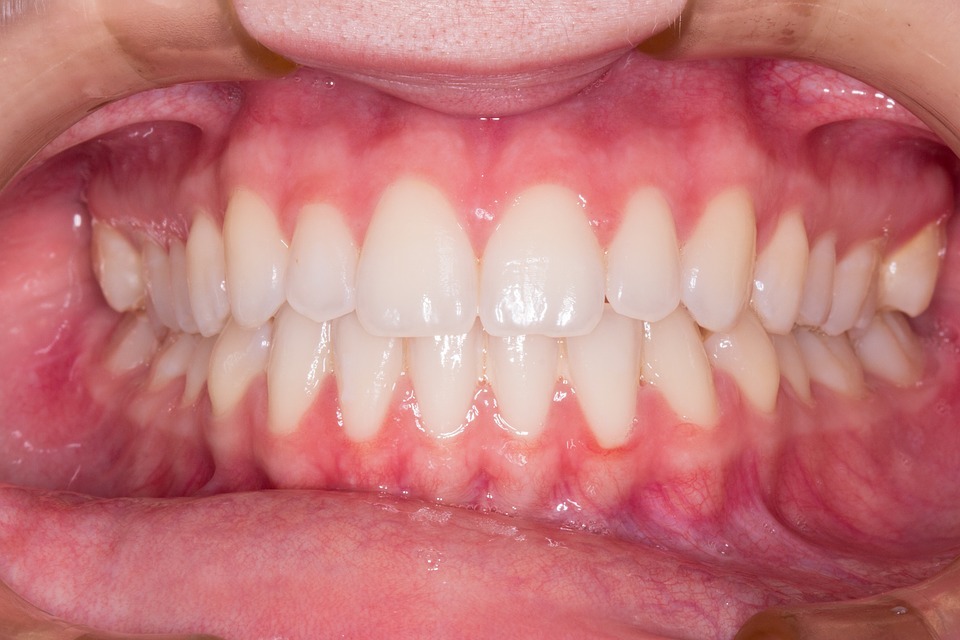
by | Jul 31, 2017 | Orthodontic Treatments

Braces work by forming little cramps that surround each tooth, which is sometimes called “Charlie’s Horses”. The enzymes that go into action together with orthodontic forces cause the old bone to disintegrate where the pressure is present and new bone to be formed where there is a void. These changes are quite normal and provide the basis for tooth movement through orthodontic procedures. There is no doubt found that the movement of teeth results at least in minor alterations to the length and shape of the teeth’s roots in all patient undergoing braces treatment. Most of these changes, however, cannot be detected with the naked eye.
Read more…

by | Jul 4, 2017 | General Articles
The dentist is the first person we remember when we need help for our teeth however there are kinds of help that they’re unable to provide. While your teeth are clean and strong, they may not be in the proper alignment. Whether you have an issue with your bite, spacing, or your teeth are simply not straight, there is nothing that you can do on your own to fix this situation. You need to seek the professional help of an orthodontist to correct the alignment of your teeth. You are open to the idea of getting braces and want to know about your options, but you have one concern. You want to know if being pregnant with braces will pose any kind of problem to your baby on the way.
Pregnant with Braces is Not an Issue
Don’t let getting braces while pregnant worry you. As long as your orthodontist believes that you are a good candidate for orthodontic treatment, you can be pregnant and wear braces. Braces involve treatment of your teeth with the use of wires and brackets or plastic aligners to get the desired results. There is no reason to be worried about your baby while you are trying to achieve a beautiful smile, although you need to be on guard for certain concerns.
Read more…

